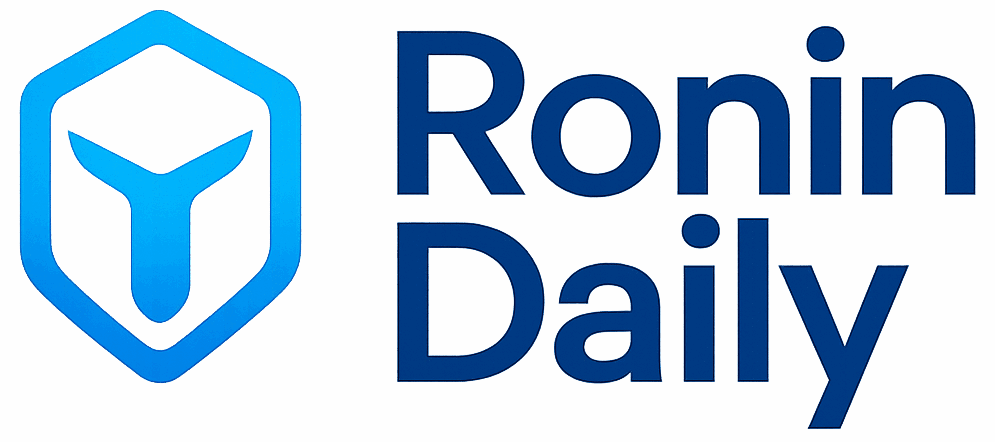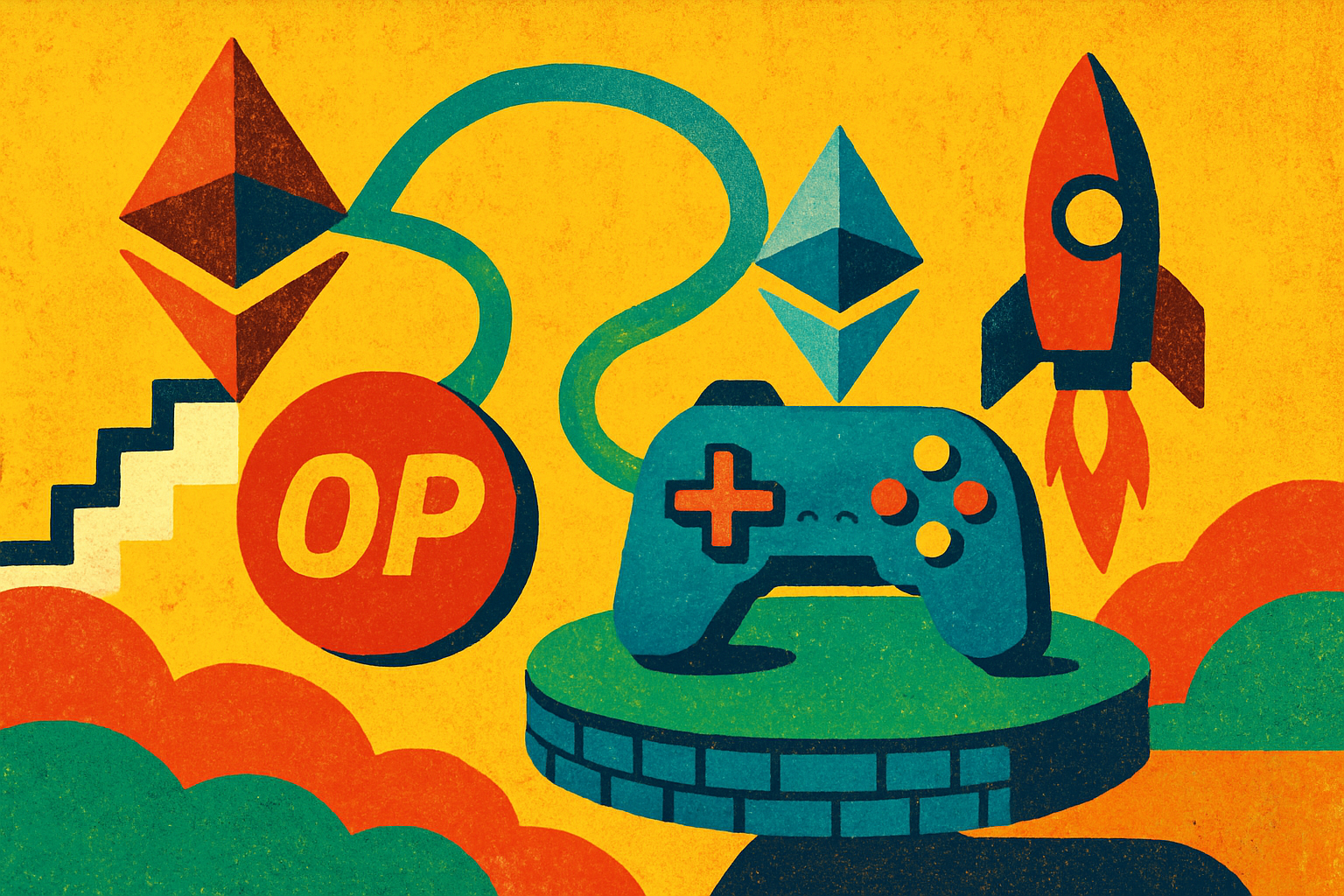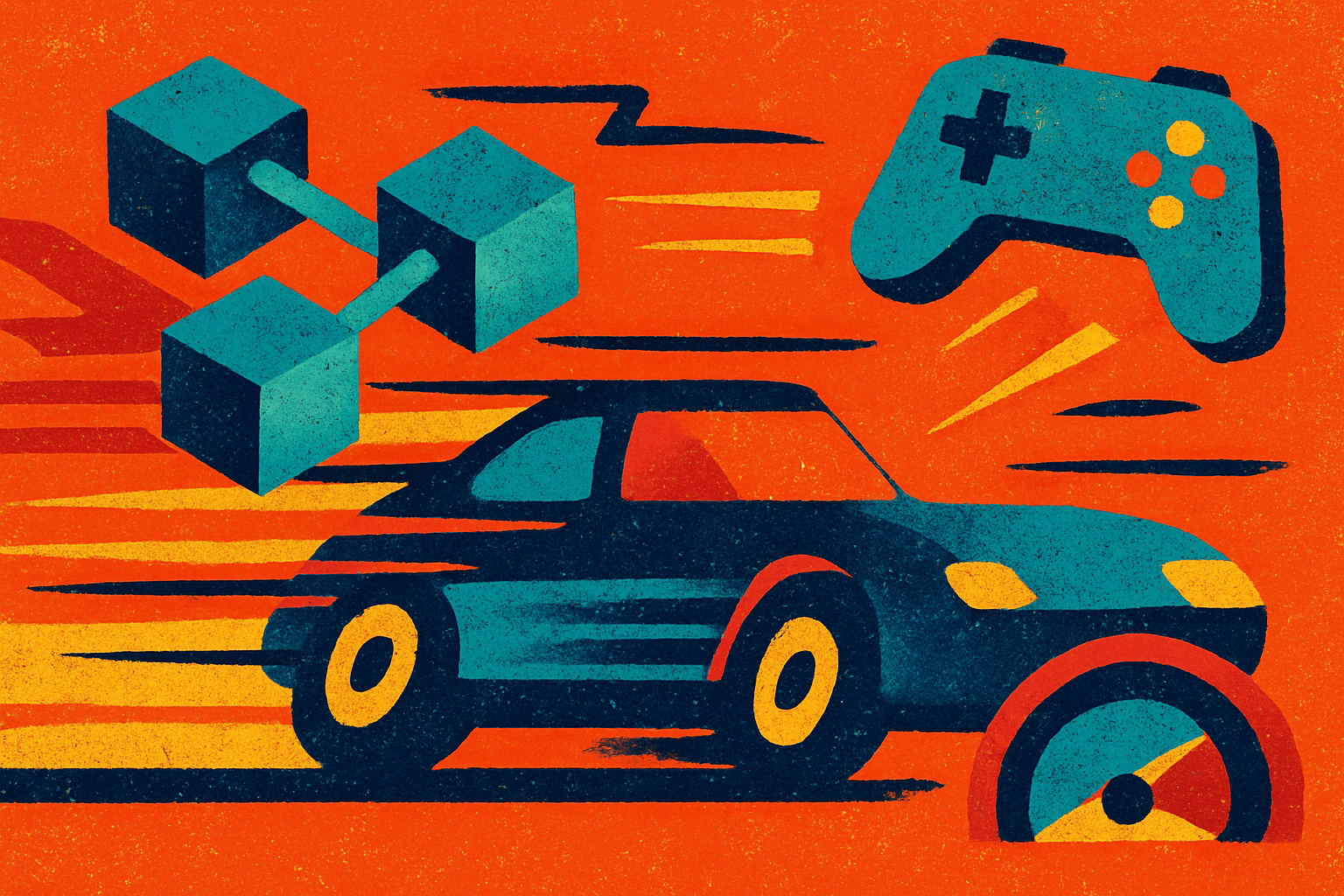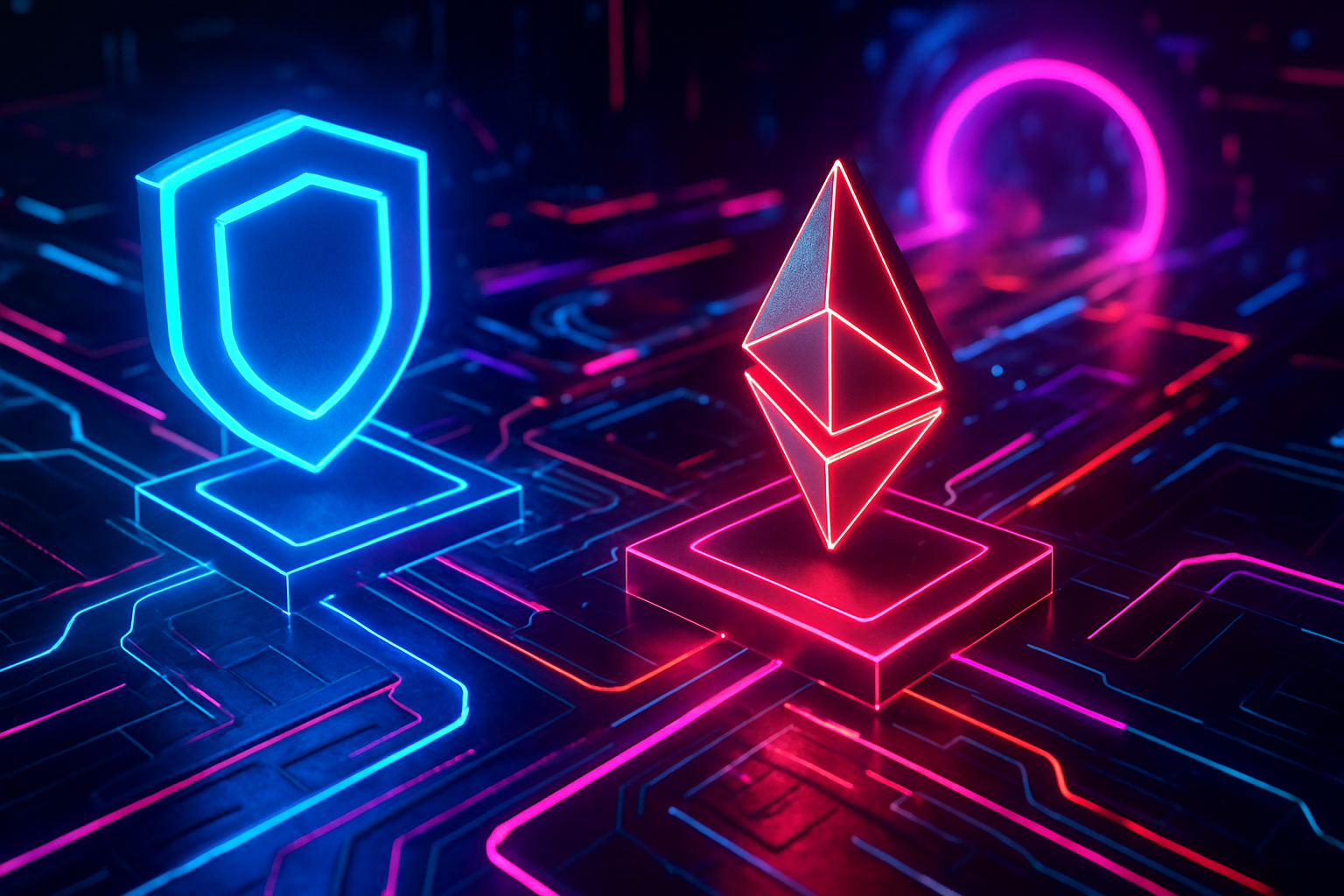
Ronin Network’s bold transition from a standalone sidechain to an Ethereum Layer 2 (L2) using Optimism’s OP Stack is reshaping the landscape of Web3 gaming. This move, described as Ronin’s “homecoming to Ethereum, ” is more than a technical upgrade. It signals a pivotal moment for blockchain gaming, where scalability, security, and ecosystem incentives converge to unlock the next generation of interactive digital economies.
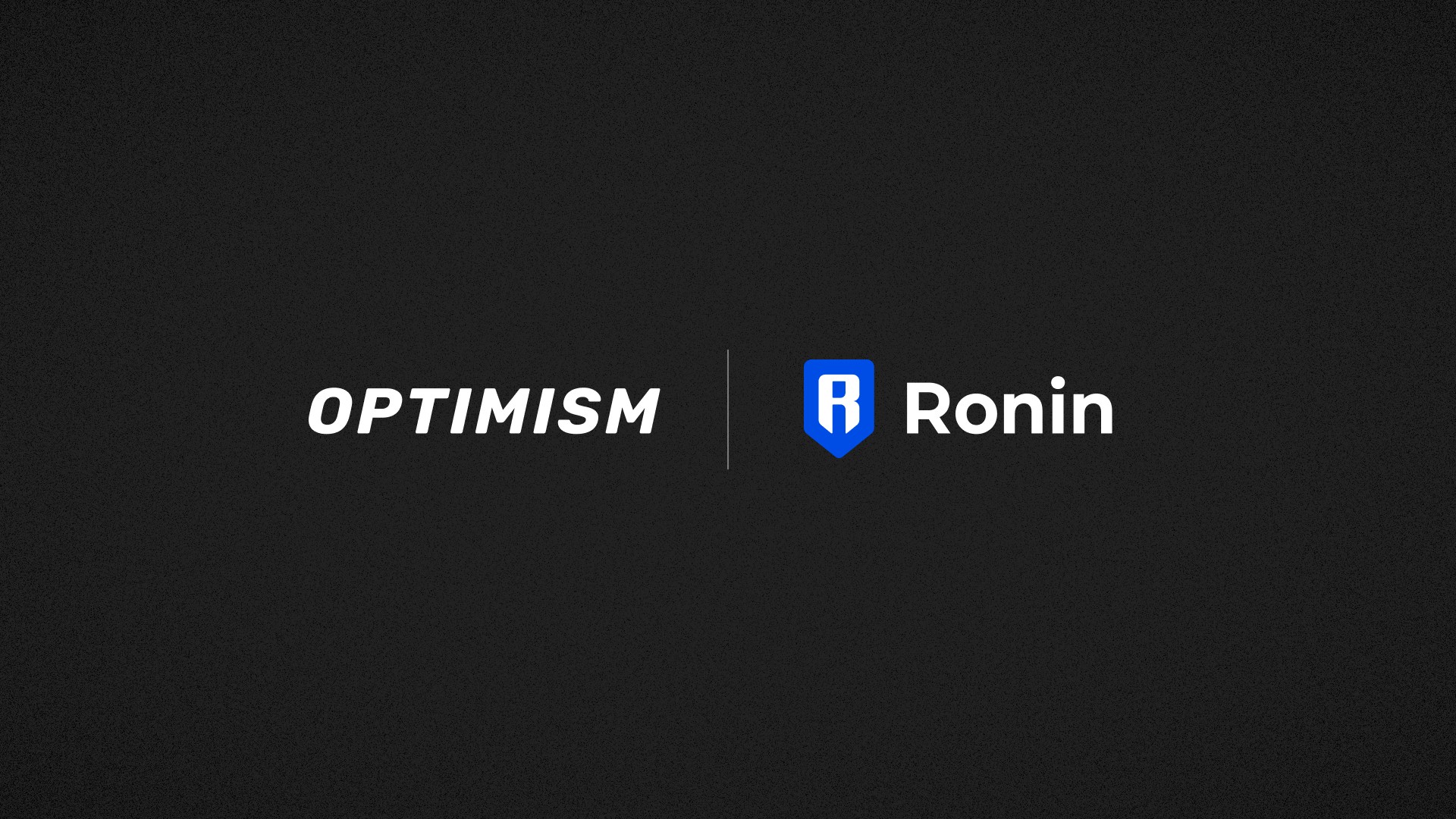
Why Ronin Chose the OP Stack: Beyond Speed and Cost
At its core, Ronin has always been about optimizing the gaming experience on blockchain. Yet as user numbers soared and gameplay demands intensified, limitations of the sidechain model became clear. By embracing Optimism’s OP Stack – the same modular stack powering Base and securing over $20B in value – Ronin is positioning itself at the epicenter of Ethereum L2 innovation.
The technical leap is dramatic: block times are dropping to 100,200 milliseconds, and throughput could reach up to one million transactions per second. For Web3 games where every millisecond counts, this means in-game actions, NFT minting, and DeFi features become almost instantaneous. No more laggy gameplay or delayed asset transfers – just seamless interaction for both casual players and competitive gamers.
Security Gets a Major Upgrade
Security has long been a sticking point for sidechains operating outside Ethereum’s mainnet consensus. With this transition, Ronin inherits Ethereum’s robust security guarantees while leveraging Optimism’s battle-tested fraud proofs. This dual-layered defense significantly reduces vulnerabilities that have plagued gaming-focused chains in the past.
The integration also aligns Ronin with industry best practices for decentralized finance (DeFi) and NFT protection. Developers can now build with confidence that their assets are secured by Ethereum’s $4,101.68 network – a figure reflecting not just price but trust in infrastructure as of today.
Key Benefits of Ronin’s L2 Migration for Developers & Gamers
-
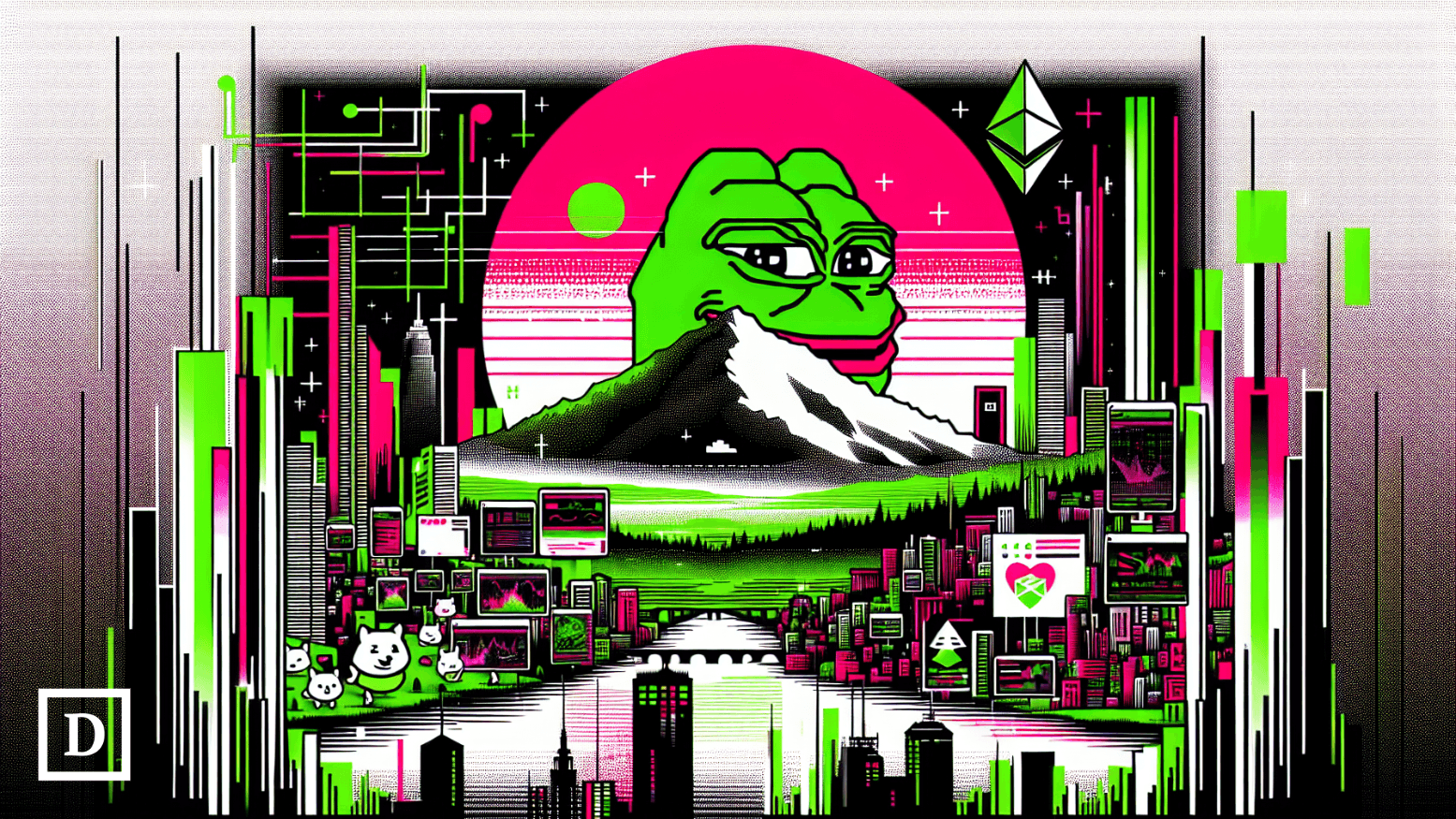
Lightning-Fast Performance: Ronin’s integration with Optimism’s OP Stack enables block times of 100–200 milliseconds and supports up to one million transactions per second, making in-game actions, NFT minting, and DeFi operations nearly instantaneous.
-
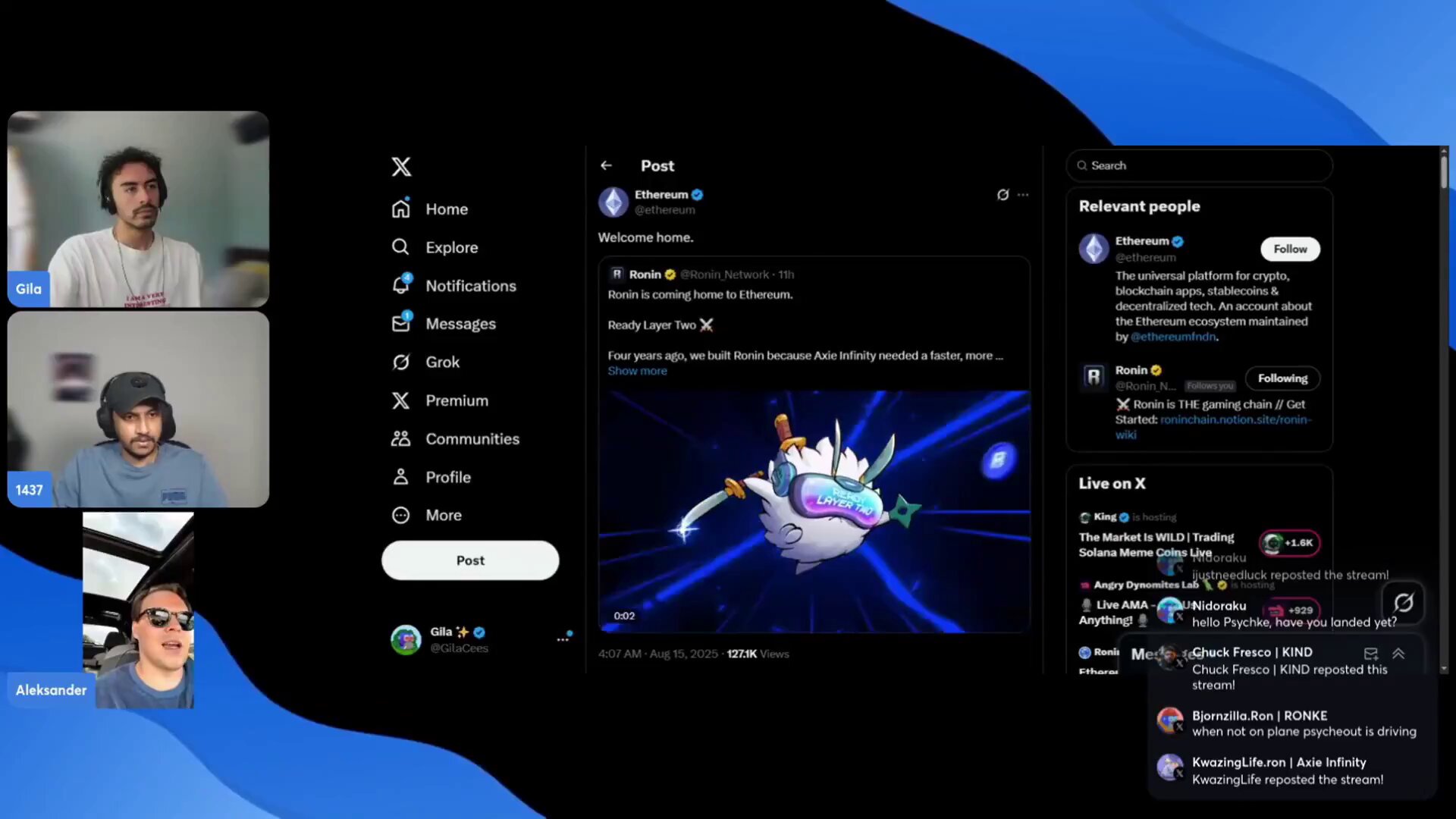
Enhanced Security: By becoming an Ethereum Layer 2, Ronin now inherits Ethereum’s robust security, providing a safer environment for both developers and gamers.
-
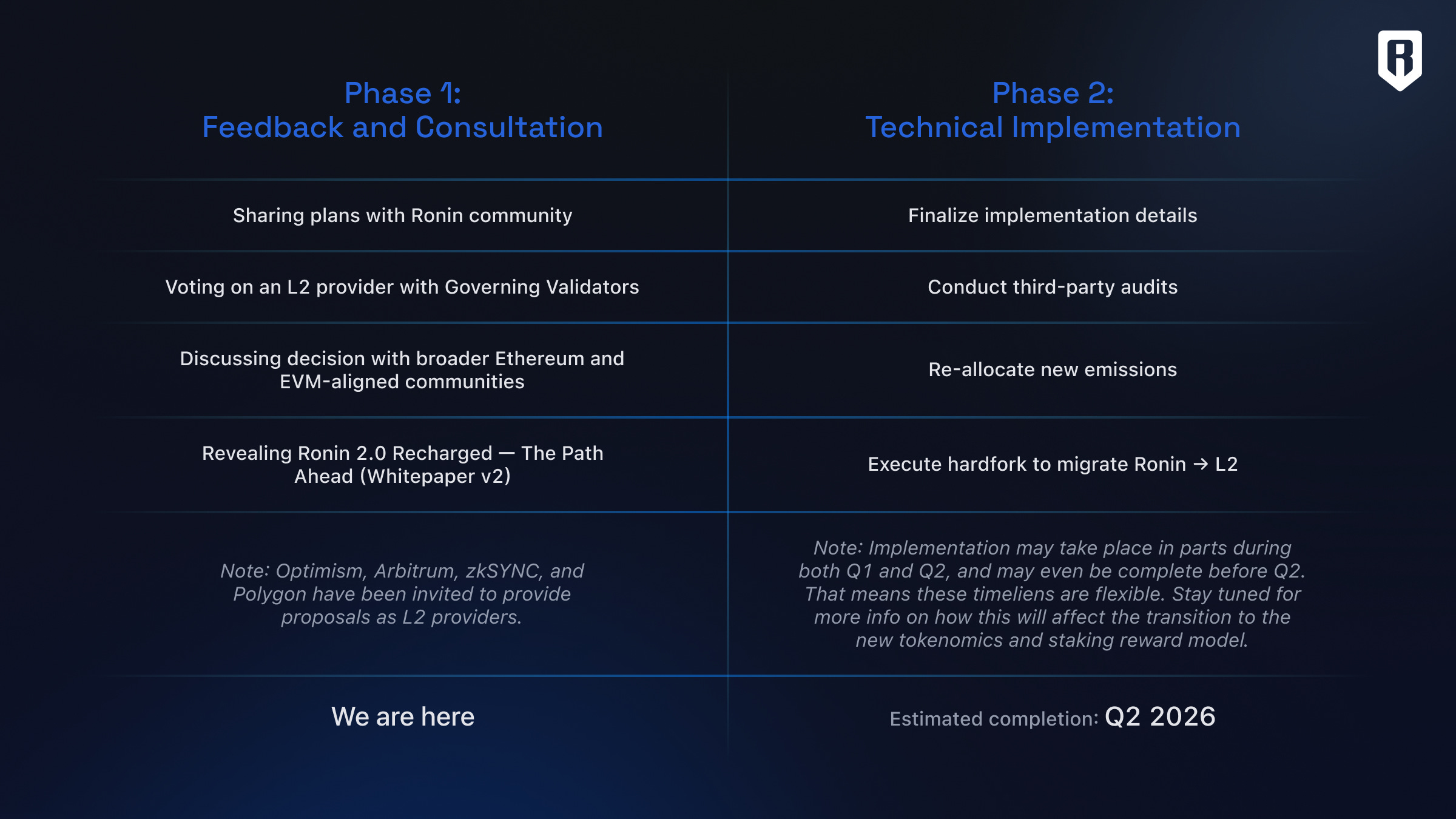
Developer Grants & Incentives: The migration unlocks up to $7 million in milestone-based grants from the Optimism Foundation, Eigen Labs, and Boundless, plus access to the 850 million $OP Retro Fund, fueling innovation and new game development.
-
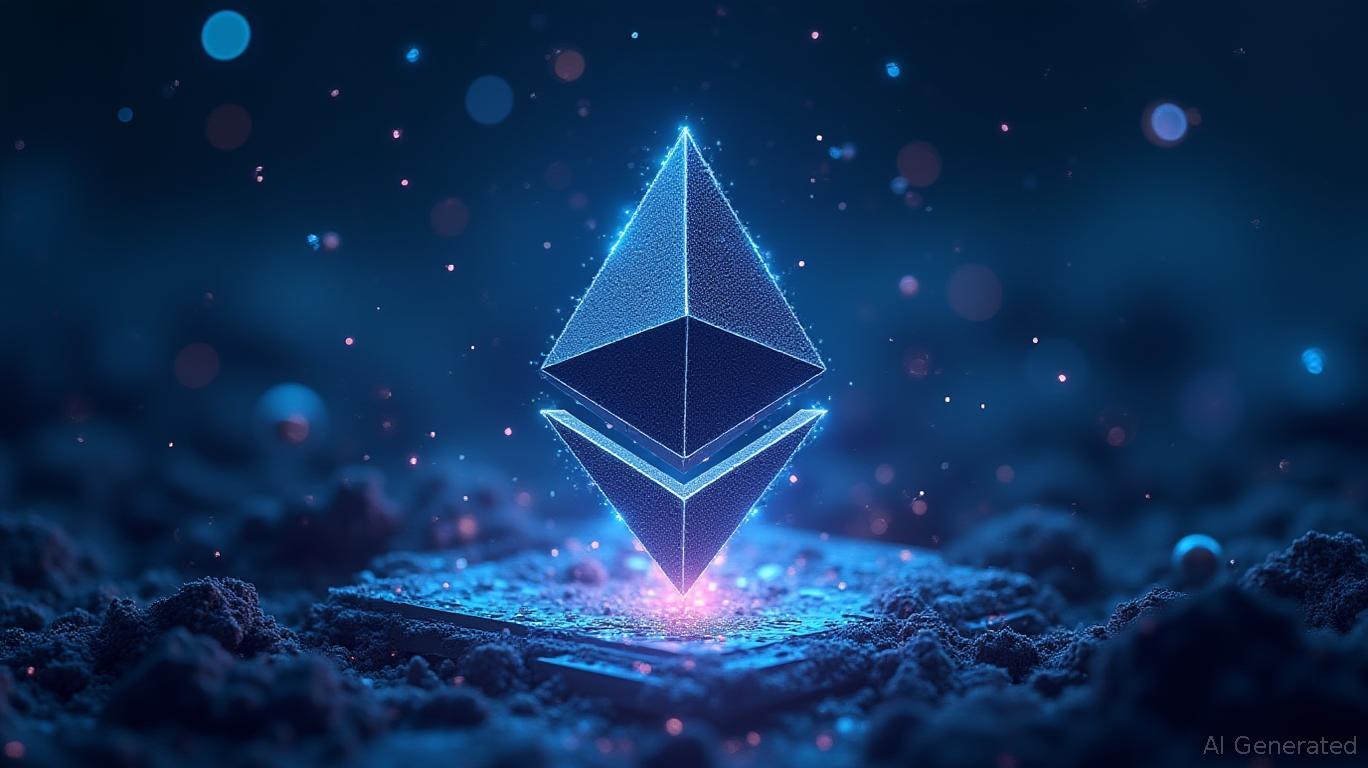
Superchain Interoperability: Joining the Optimism Superchain allows Ronin to interoperate with other major chains like Base and Uniswap’s Unichain, expanding opportunities for cross-chain gaming and collaboration.
-
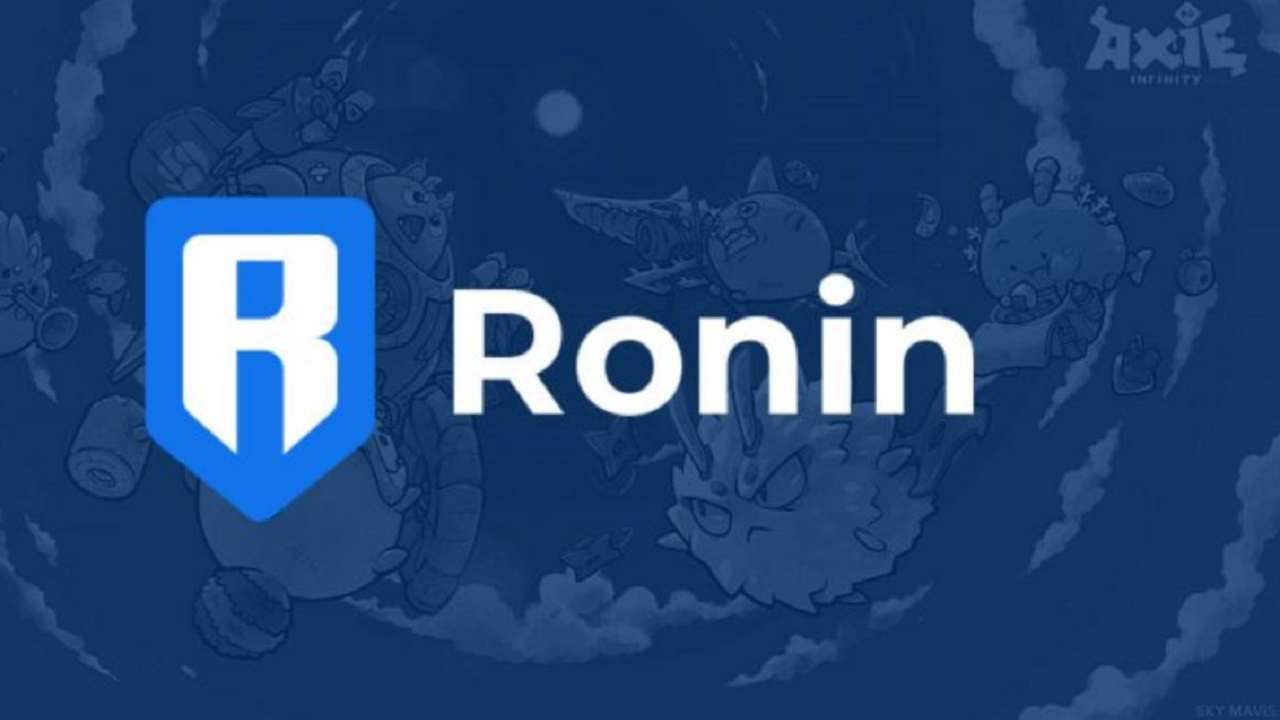
Broader Ecosystem Access: Developers and players gain exposure to a vast, interconnected Web3 ecosystem, encouraging the creation of more complex, engaging, and scalable games.
Developer Incentives: Fueling Ecosystem Expansion
The migration isn’t just about technology; it’s also about empowering creators. Up to $7 million in milestone-based grants funded by Optimism Foundation, Eigen Labs, and Boundless are now accessible to builders on Ronin L2. These incentives come in multiple tokens ($OP, $EIGEN, $ZKC), ensuring diverse rewards across development milestones.
But that’s not all – eligibility for allocations from the massive 850 million $OP Retro Fund opens doors for even more ambitious projects. For studios large and small, this is an unprecedented opportunity to innovate without being stifled by high gas fees or siloed infrastructure. The result? A surge in new games and creative applications tailored specifically for scalable Web3 environments.
Superchain Integration: Interoperability at Scale
By joining Optimism’s Superchain ecosystem, Ronin becomes interoperable with other major L2s like Base and Uniswap’s Unichain. This cross-chain connectivity paves the way for collaborative game launches, shared liquidity pools, and multi-chain NFT experiences previously unimaginable on isolated networks.
The implications are profound: developers can tap into broader user bases while gamers enjoy richer social features across platforms – all without ever leaving the secure confines of Ethereum L2s. For those seeking deeper insights into how these changes impact scalability specifically within Web3 gaming contexts, see our dedicated analysis at this resource.
Ronin’s integration with the OP Stack doesn’t just make technical sense, it’s a strategic leap that redefines what’s possible for blockchain-powered gaming. By aligning with Ethereum and Optimism, Ronin is now positioned at the heart of a rapidly evolving Web3 universe, where composability and interoperability are not just buzzwords but tangible realities.
What This Means for Players and Studios
For gamers, the immediate benefit is blazing-fast transaction speeds. Actions like trading in-game assets, minting NFTs, or participating in DeFi features can now be completed in 100,200 milliseconds, so fast it feels invisible. This level of responsiveness brings blockchain games closer to mainstream user expectations, removing friction that previously limited adoption.
Developers gain access to a robust toolkit: native EVM compatibility, seamless wallet support, and direct connectivity to Ethereum’s liquidity. The net effect is a lower barrier to entry for launching new titles or migrating existing ones to Ronin L2. With powerful incentives from the $7 million grant pool and potential Retro Fund allocations, there’s never been a better time for studios to experiment and push creative boundaries.
Expanding the Web3 Gaming Meta
The Superchain vision means games built on Ronin can interact with assets and smart contracts from other L2s, imagine cross-platform tournaments where rewards move fluidly between networks or NFT avatars that travel across multiple virtual worlds. This interoperability is set to drive network effects that benefit all participants in the ecosystem.
As Ethereum (ETH) holds strong at $4,101.68, confidence in Layer 2 solutions continues to rise. Ronin’s transition is not just about keeping pace but about setting new standards for what scalable, secure gaming infrastructure should look like as we head into 2025 and beyond.
Key Takeaways for the Future of Web3 Gaming
- Performance: Sub-second block times enable near-instant gameplay experiences.
- Security: Inheriting Ethereum’s security model dramatically reduces risk for users and developers alike.
- Ecosystem Growth: Grants and Superchain integration fuel innovation across genres, from play-to-earn to social metaverses.
- User Experience: Lower fees and seamless cross-chain features attract both casual players and crypto natives.
The convergence of speed, security, incentives, and interoperability makes this one of the most significant upgrades in blockchain gaming history. As more studios take advantage of these advancements, and as players demand richer experiences, expect Ronin L2 to serve as a blueprint for future gaming chains seeking mass adoption without compromise.
